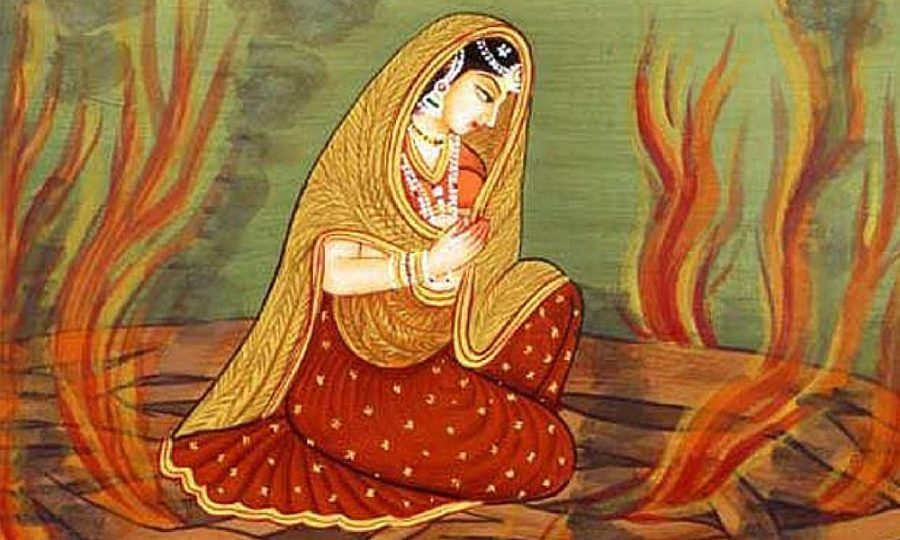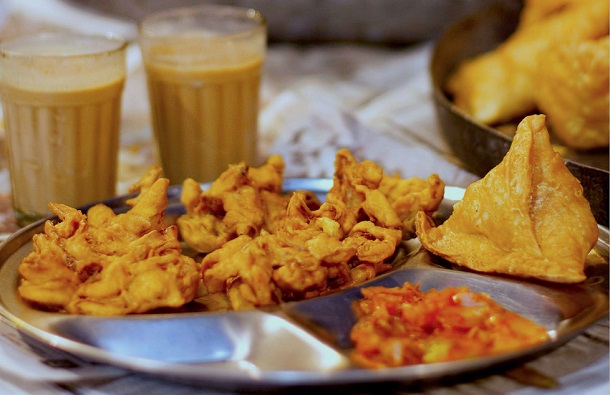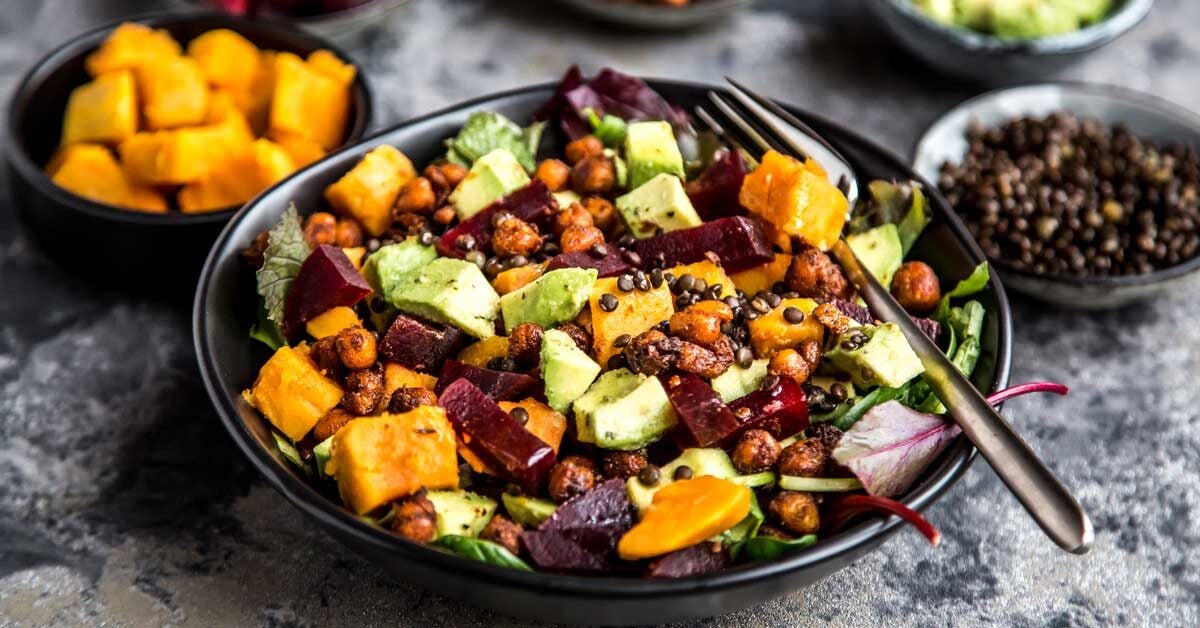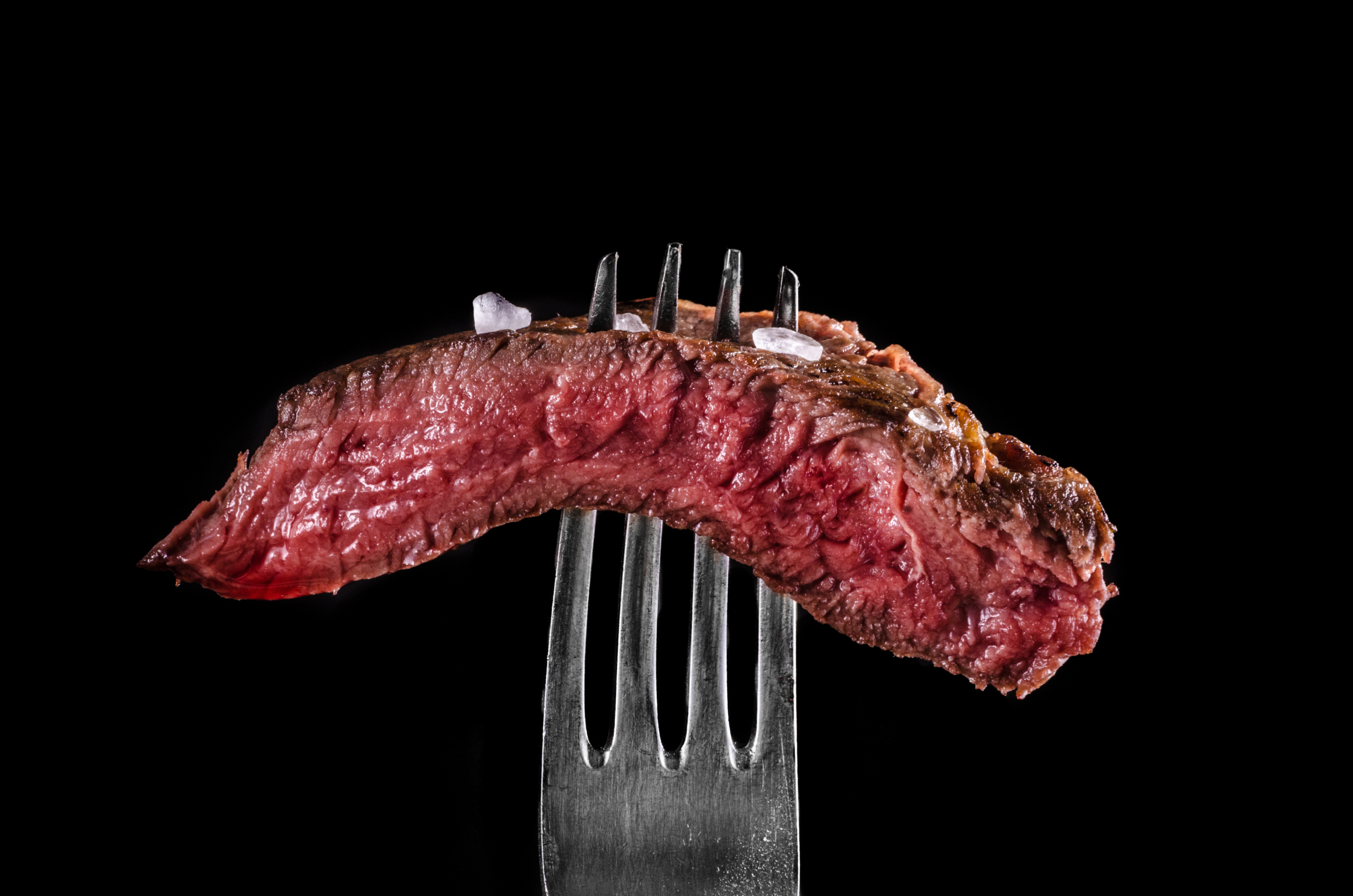This is how face yoga can be done to brighten the face
People are taking various measures to look beautiful and attractive. They resort to different types of creams, treatments and many other measures. Although all these will bring shine to the face, it cannot reduce the effects of aging on the face.
In such a situation, exercise for the face can prove to be very useful. For this you can do 'face yoga'. Just as yoga is important for health, it is equally beneficial for the face. How to do 'face yoga' to make your face attractive, what are its benefits? let's know
What is face yoga?
Face yoga is the exercise of facial muscles. It can make facial muscles flexible, improve blood circulation, relax, nourish and reduce the effects of aging on the skin.
What kind of yoga?
Lion pose
Throne yoga is done as a lion opens its mouth while roaring. It strengthens the mouth muscles. The lion pose tightens all the muscles of the face, improves blood circulation and also brings glow. This is one of the best yoga for face.
method
- First of all, lay a mat on the floor. This method can also be done sitting in bed.
-Sitting in Sukhasana and touching the mat with your hands. Extend the fingers of both hands near the knees. In this case, the elbow should be straight.
- Open your mouth well, stick your tongue out, spread your tongue out and roar like a lion so that the pressure on the facial muscles is reached.
-Repeat twice or four times every day in the morning.
Tap
It is important to start your routine by gently tapping the entire face and neck with your fingertips, i.e. by applying quick pressure to the face with your fingertips. This awakens the skin, increases blood circulation and produces elastin and collagen. makes
method
- Apply pressure by tapping on your forehead with the tips of your fingers, start tapping from the middle of the forehead and move towards the forehead.
-Starting from the chin and going through the base of the nose, tap the tap on your cheeks.
- Keep tapping your cheeks in an upward motion from the chin bone to the cheek bone.
-Tap above the upper lip for about three seconds, then tap tap below the lower lip for a few seconds.
Happy Frog
When a frog croaks like it is happy, it is called 'Happy Frog'. Face volume decreases with age. This pose tightens sagging cheeks and makes them look fuller.
In this mudra, the lower lip and the upper lip are joined together to make a smile. Repeat this exercise 20 times.
Kisses and smiles
In this practice, the lips are made to smile for a while and kiss for a while. It does not cause wrinkles on the cheeks.
method
- Take it near the lips with the thieving finger and middle finger.
- Then close the mouth and make a shape as if kissing and give a smile.
- Sit in the kissing posture for 10 seconds and then keep smiling for 10 seconds.
-Then come to rest position.
fish face
This mudra brightens the face and makes the lips look pink. Helps to improve muscle function.
method
- Close your eyes first.
-Pull your lips and cheeks inward to give a fish-like shape and hold for 30 seconds.
-Then smile for 30 seconds.
- Do this yoga three to five times a day.
Chin lift
Many people are suffering from the problem of double chin. Double chin makes laughing and speaking difficult. Chin lift yoga is the solution to this problem. In addition, it also works to improve the functioning of the jaw and neck muscles.
method
-Lift your head and look at the ceiling.
- Push forward as if trying to kiss the ceiling while trying to reach your lips. Continue this for a few seconds.
- Slowly return to your previous position.
-Repeat this facial yoga process three to four times.
Mouthwash technique
Mouthwash Technique Yoga is very easy and can be done at any time. The mouthwash method helps to tone the cheeks and remove excess fat from the face. This yoga is also effective in the problem of double chin.
method
- When rinsing your mouth with water, fill your cheeks with air in your mouth as if you were filling your mouth with water.
-When tired, rest for a while.
- Repeat this process two-three times.
Eye focus
This eye yoga helps to make the eyebrows beautiful and attractive.
method
- Spread your eyes as wide as possible. Do not squint your eyes while doing this.
- Now pay attention to see things as far away as possible.
-Slowly pay attention to nearby things.
-Repeat this process for a few seconds, rest for a few seconds.








